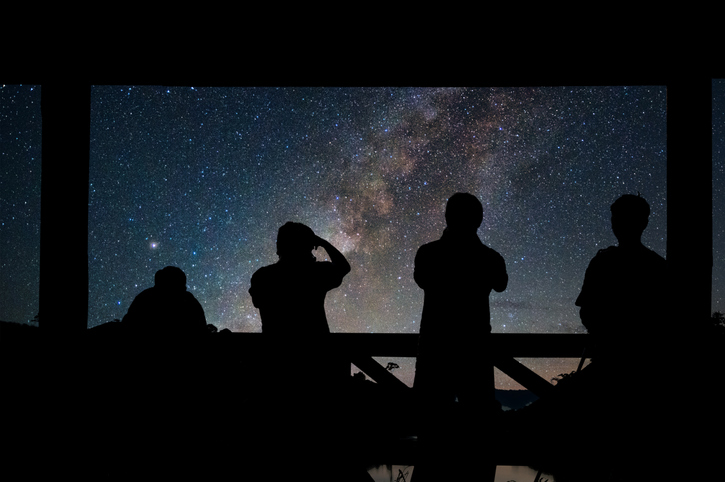“Astrotourism” is a new and increasingly popular type of travel that promotes sustainable tourism experiences through learning about the stars
Find out what star parks are and learn where Spain’s four star parks – in which the night sky is protected, officially making them “viewpoints of the sky” – are located.
The Declaration in Defence of the Night Sky and the Right to Starlight was signed in Palma, Canary Islands, in 2007. The signing of this declaration marked the firing of a starting pistol, giving way to an international movement founded in protecting a celestial vault free of light pollution.
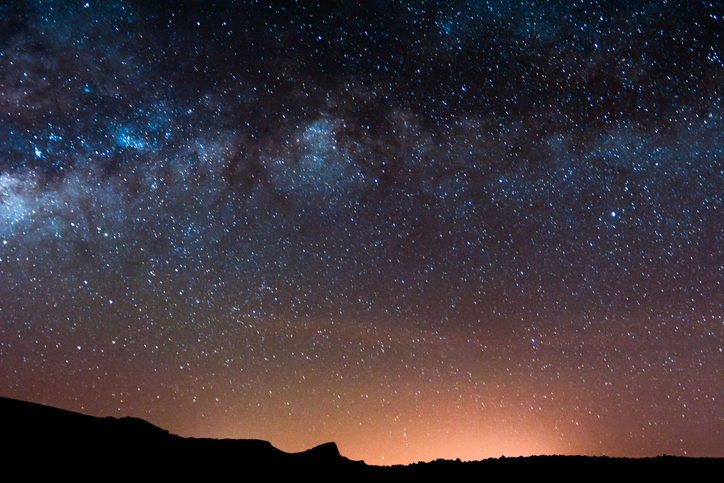
This movement was sponsored by the Fundación Starlight, an organisation created by the Canary Islands Institute of Astrophysics, which is one of the world’s largest entities in this field. This backing has led to the establishment of various certifications for public or private initiatives that encourage citizens to take an interest in astronomy, drive its promotion, promote sustainable tourism experiences through learning about stars and, above all else, protect the right to stargazing.
One of the several types of certification is Star Parks: enclaved spots within municipalities that make efforts to defend the right to a night sky free of artificial light. These efforts are supported with fun, scientific and cultural activities related to different astronomical events and stargazing.
Below is a list of the five Spanish municipalities that have made efforts to establish a responsible form of astrotourism as a measure to attract tourists and fight against the depopulation that is taking place in rural areas.
In the town of Iruña de Oca, only fifteen kilometres from Vitoria, various ruins dating back to the 8th century, including an ancient monastery that operated for centuries, were converted in 2003 into a beautiful botanical garden spanning over 32000 square metres, comprising over 1000 species of plants from all five continents.
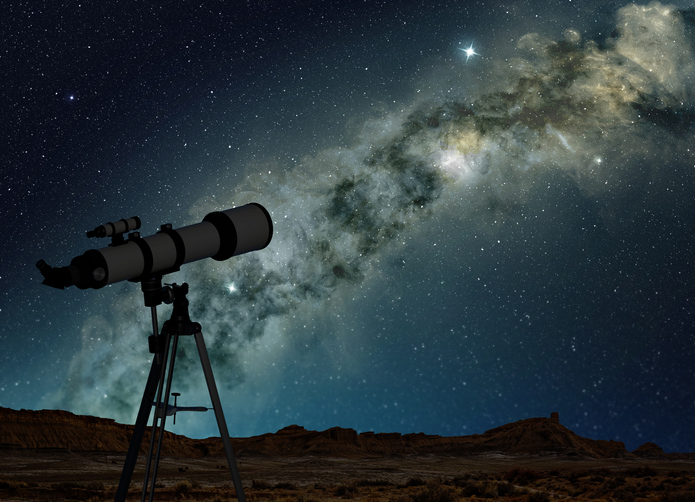
In 2015, given the popularity of this fantastic and peculiar botanical garden and the quality of the night sky above it, a decision was made to give it an additional use. It was subjected to evaluation by the Fundación Starlight, becoming the first to obtain certification in all of Spain. Its fantastic conditions for stargazing have led to the holding of starlit concerts, Full Dome 360° planetarium sessions and guided night tours.
-
Tiedra Astronomical Centre (Cielo y Tiedra)
The small but historical village of Tiedra in the province of Valladolid has held the Fundación Starlight’s certification as a Star Park since 2016, with this joining its long list of other attractions. Its privileged location, dominating over the extensive plains of the Tierra de Campos, make this the ideal spot for stargazing.
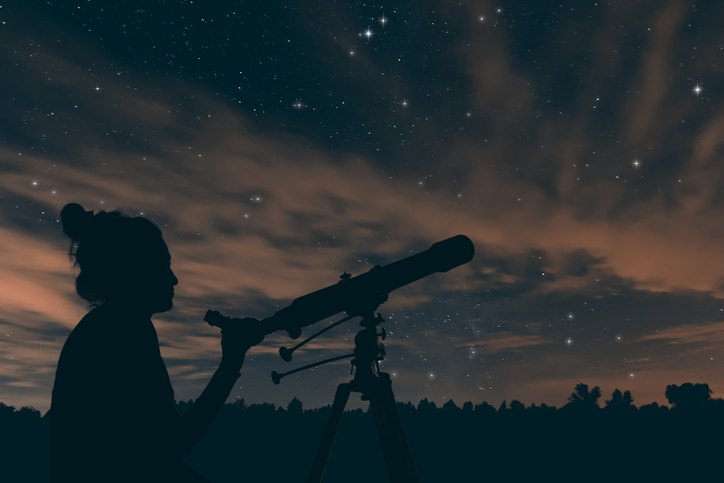
The magical Tiedra Astronomical Centre has two observatories, each containing large magnitude telescopes that can depict high definition images of the closest stellar objects to Earth, such as the ‘deep sky’. Next to the observatories, a specially prepared outdoor agora is used as a space for open-air stargazing.
3. CIC Gorafe
The town of Gorafe in the northern part of the Guadix region in the province of Granada is famous for its conservation of the greatest number of prehistoric tumuli in Spain, with 240 Neolithic dolmens split into several necropolises. It is also renowned for its series of Almohad cave-houses, dating back to the seventh century. Within this unique ancestral location, distinguished by the curious orography of the surrounding mountains, the town decided to create a Sky Interpretation Centre to make the most of these favourable conditions. It has featured on the list of Star Parks since 2017, and was the first to receive this certification in Andalusia
This astronomical complex has various spaces that are used to hold events related to the world of stars. It also has a viewpoint and several other spots for observing the night sky. Public lighting has been improved and other measures have been implemented with a view to keeping the sky free of light pollution.
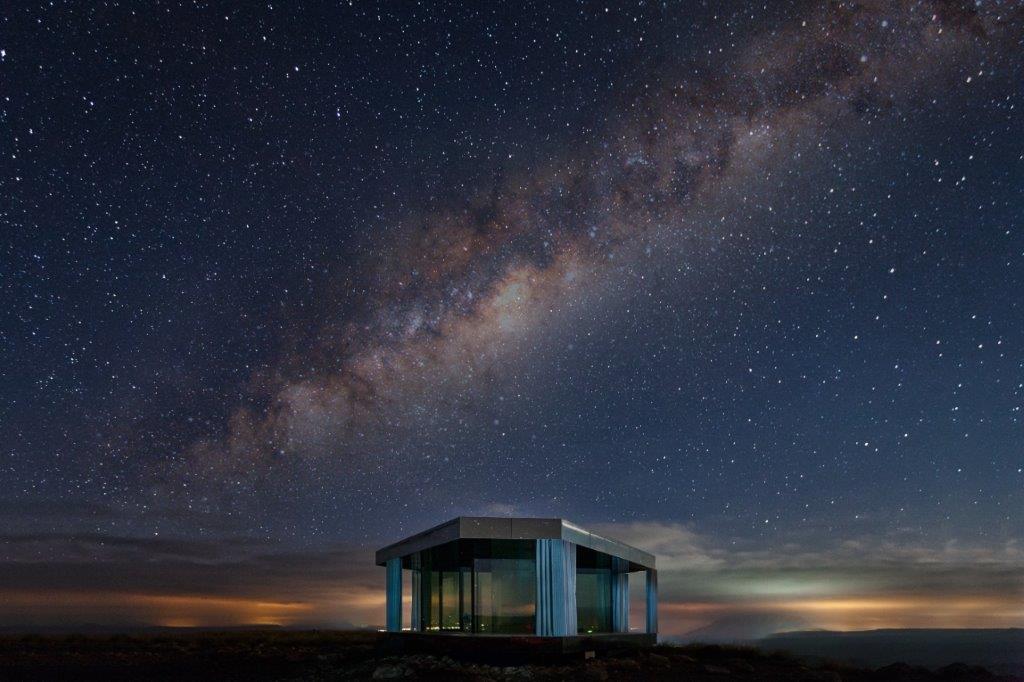
In Gorafe is also located one of Guardian Glass’ most extraordinary projects: La casa del desierto, an example of sustainable construction, with a new symbol that is representative of the megalithic park, using an element that dynamizes societies and their territory.
The design of this peculiar structure is the fruit of a collaborative project undertaken by a vast team of architects, led by Špela Videčnik of OFIS Architects, with glass specialists, engineers and energy consultants from Aky II and Transsolar, who together have responded to current and future challenges faced by the architecture and construction industry, marking a boost for environmentally friendly and energy-efficient structures.
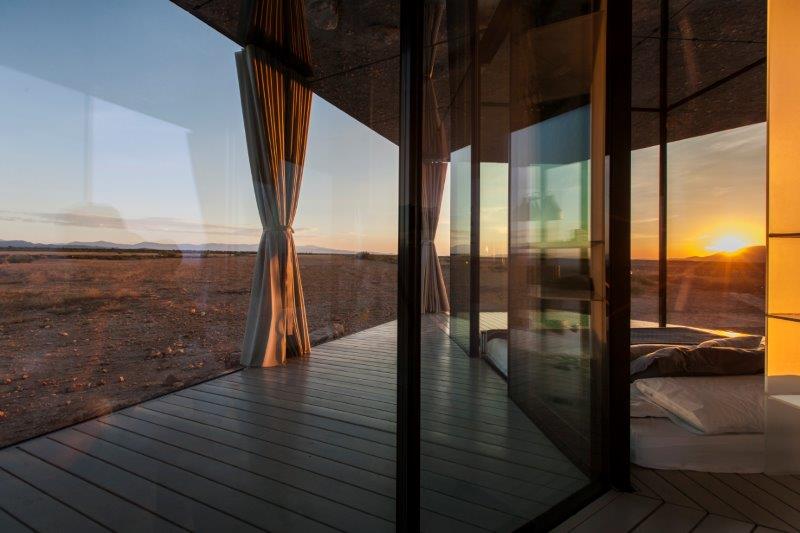
A journey that contributes quality and intelligence to their resources, bringing together history and the future, cultural landscapes and renewable energies, as well as sustainability and economic development.
While not classed as a hotel, La casa del desierto is another example of ‘smart tourism’, offering the visitor a unique experience in an exceptional location, boasting a comfortable and cosy indoor space that is in complete harmony with the surrounding landscape.
Paying homage to the municipality in which it lies, Jabaloyas, located in the beautiful Sierra de Albarracín in the province of Teruel, this recently declared Star Park (receiving said certification in late 2018) is the latest inclusion to the list of spaces that are committed to high-quality astrotourism.
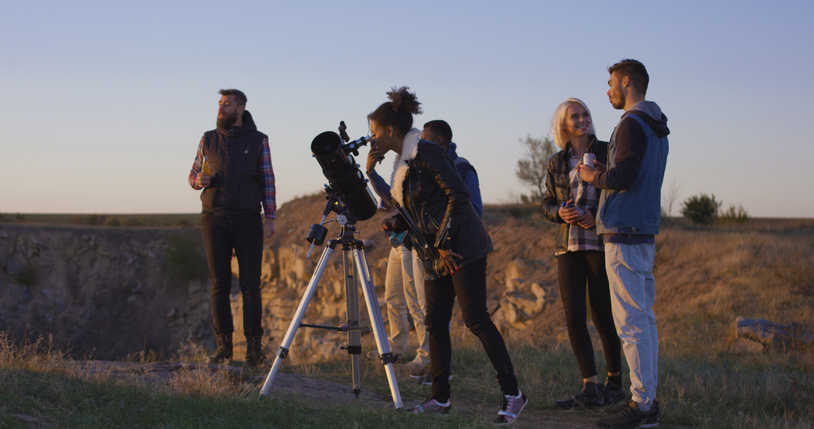
This town, not very far from the source of the Tajo River, is commonly known as the “witch town” due to the large number of old legends and tales that linked this village with the world of esotericism, making it the perfect setting for a night of stargazing. Aiming to promote astronomical culture, the town is also due to see the creation of an interpretation centre, which will join the list of initiatives that have already been implemented to boost this new trend of astrotourism.
-
Tenerife Sky at Night en Tenerife
Specializing in astronomy, the tourist company of Tenerife Sky at Night is dedicated to all kinds of activities with which to discover the island of Tenerife.
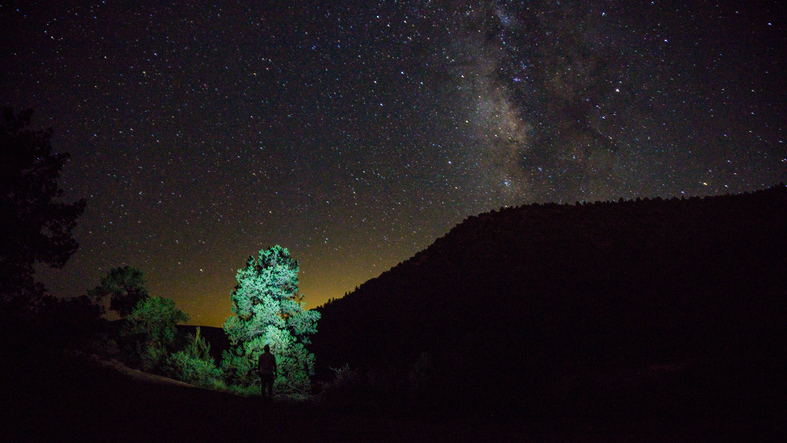
From Tenerife it is possible to observe 83 of the 88 constellations officially recognized. For this, it is enough to go to the Teide to see all the constellations of the northern hemisphere and a large part of the constellations of the southern hemisphere. In addition, since 2014, the sky of the Teide National Park is included as a Starlight Destination in the Starlight Foundation Tourist Destination category; title that certifies that in the Teide National Park the observation of stars complies with the requirements and procedures established for the protection of the sky and its associated natural and cultural values.



